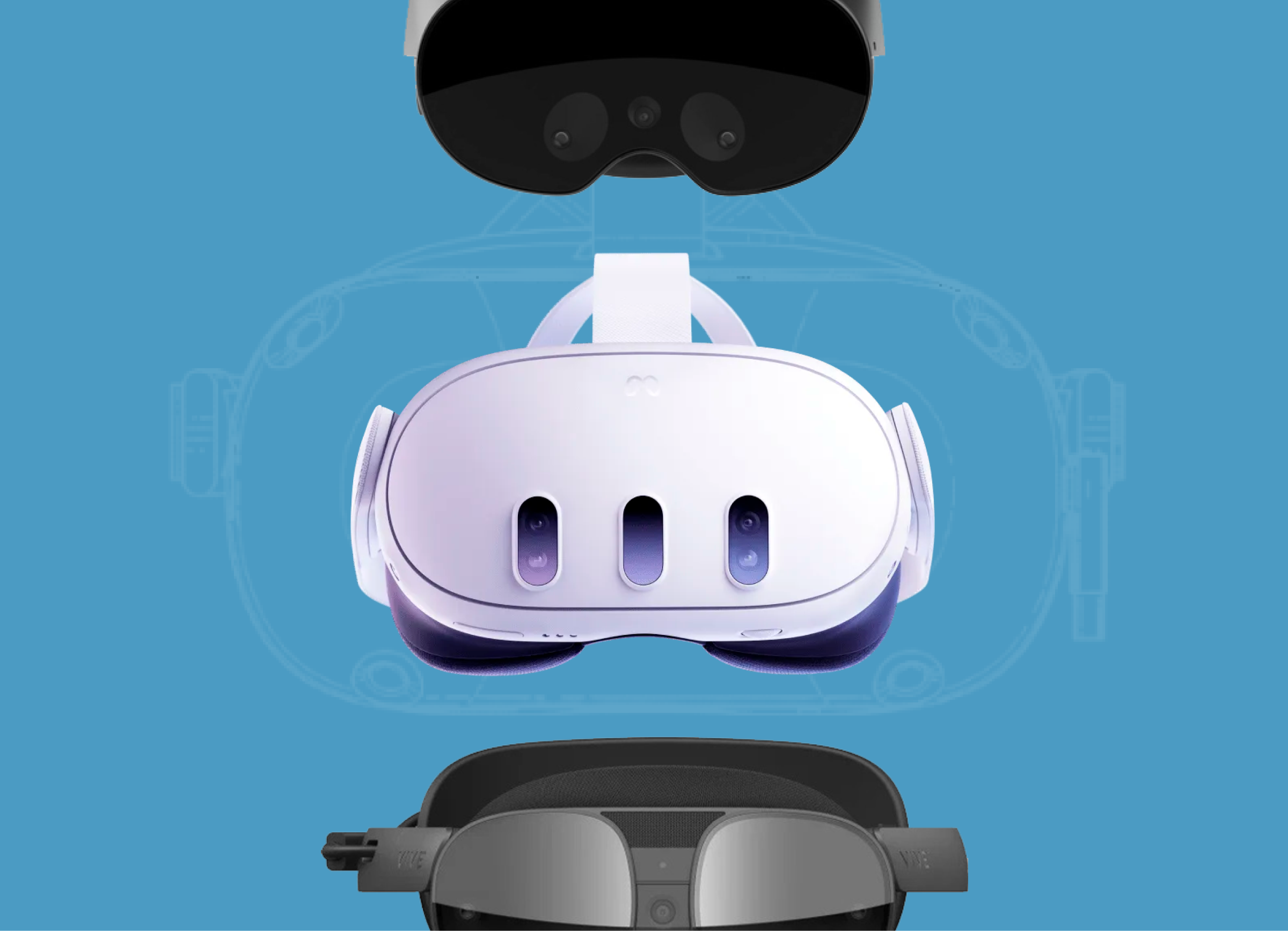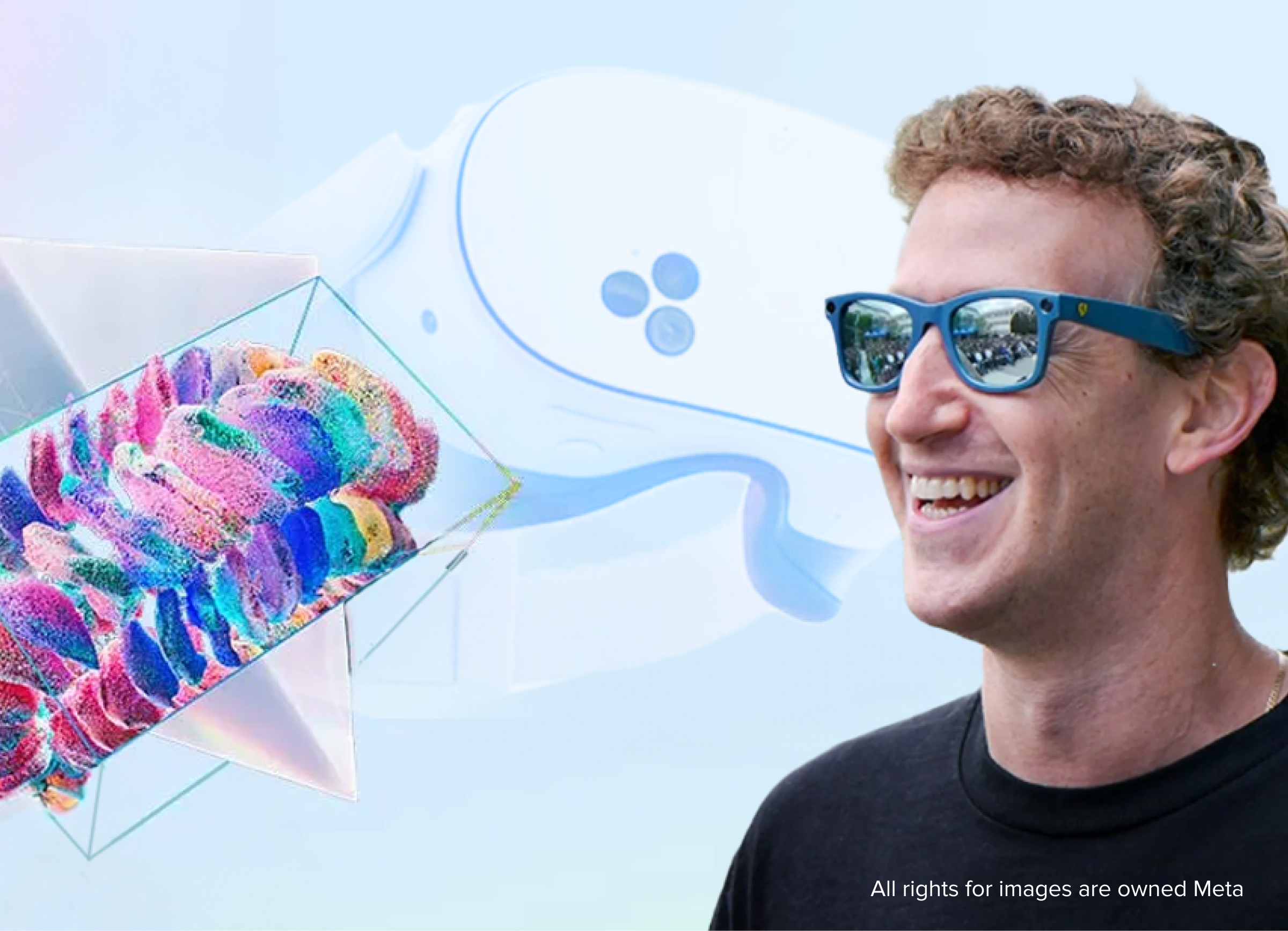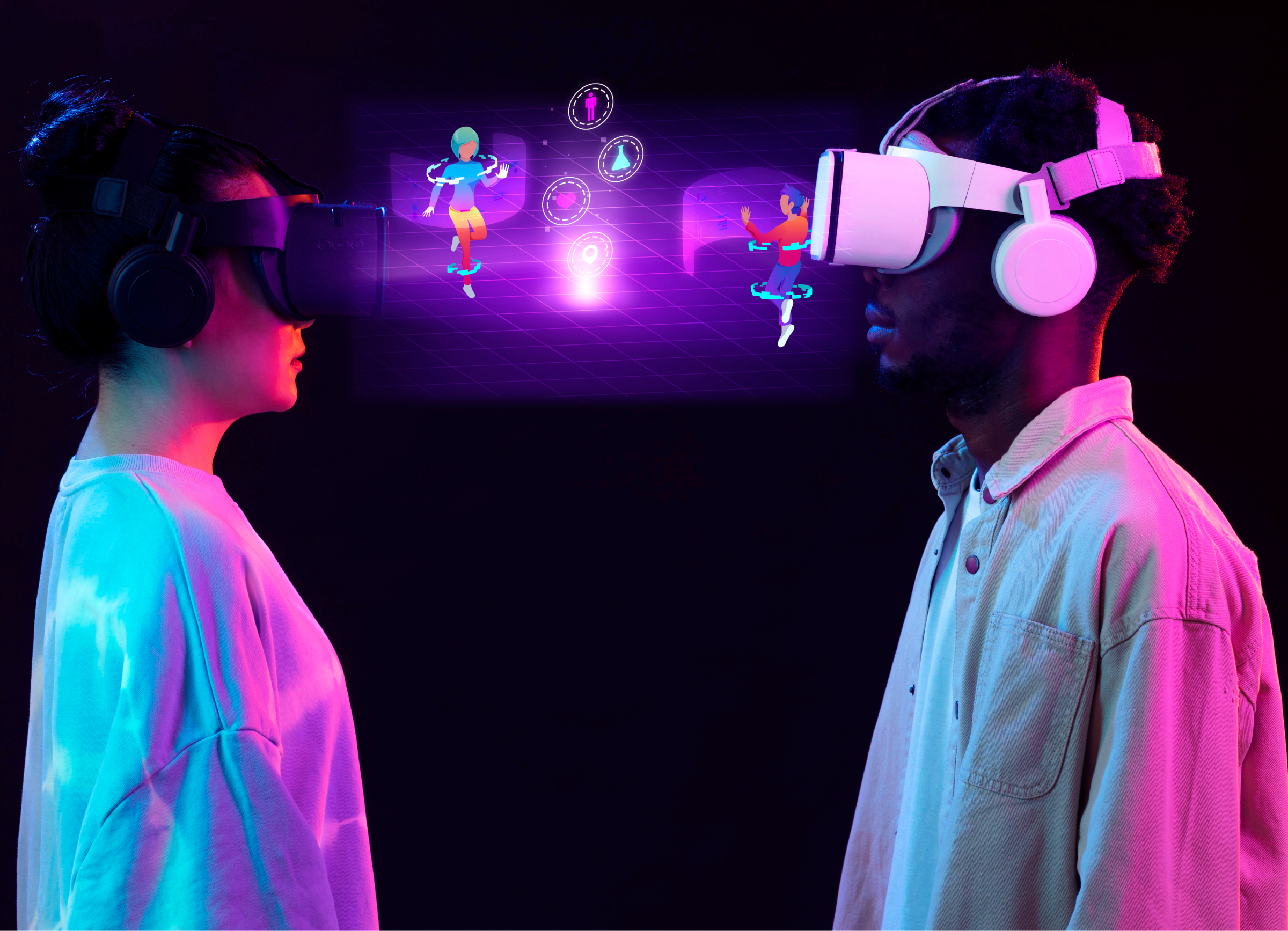
For most individuals, the topic of virtual reality technology tends to invoke the thought of a modern VR headset coupled with a few applications whose biggest influence is in the gaming world. While this may be an accurate current representation, VR has been around for a long time, since the 1930s to be precise, and has evolved over time to become a useful tool in many technological fields today. Virtual reality is described as any computer-generated simulation, especially visual and environmental, which has been designed to interact with its users in a way that imitates the real world.
The first concepts of virtual reality came from Stanley G. Weinbaum who envisioned a world of holographic communication. Since then, VR has evolved from large, complicated machines to simple handheld headsets and other body-fitting equipment like gloves and bodysuits. The software which VR technology runs on has also evolved significantly. While past VR technology was based on output systems, modern tools allow for user input through actions such as body movements, a more accurate visual depiction of items in a virtual environment, as well as voice commands. Even with all these seemingly great technological advancements, developers are quick to admit that Virtual Reality is still in early stages of development and that the future may hold even greater capacity for artificial interactions.
Greater Physical Capabilities
One of the factors that are expected to be enhanced in the future is physical interactions which VR technology offers its users. Among the first depiction of this real-world contact was the game Pokemon Go which was released in 2016, blending virtual characters with real-world environments. However, VR still dwells mainly on visual and auditory tracking systems; it lacks accurate representation of the physical interaction between the user and the software. In the future, VR technology is expected to grow such that it will be able to impact every sense of the body, including taste and smell while enhancing some primary capabilities such as touch to incorporate aspects such as temperature changes. These enhancements are sure to make VR more practical and applicable for its users.
Smaller Devices
While VR systems have shrunk significantly from the initial devices, there is still potential for the devices to grow even smaller. The headsets available today are a great improvement to the portability of VR devices. However, this portability usually comes at the expense of omission of some of the capabilities of VR, denying its users the complete experience of virtual reality. Most VR devices which offer a more robust environment and immersive features still require being connected to larger devices so they can function properly. Hopefully, the future should see the evolution of VR devices to be smaller and more portable while offering full-fledged capabilities to its users, as has happened with many other devices over the years.
Nanotech VR
Perhaps the most ambitious expectation for VR technology is that it will implement nanotechnology for its users in future. The implication of such advancement would be that the virtual realm and the physical realm are merged into one entity in the mind of a user. This would also imply that few to no peripheral devices will be required for users to interact and live in a virtual environment. It would require pushing the physical limits of the body through technology such that the human brain will be uploaded into a computer, possibly a microchip, and that this would be used to coordinate bodily functions and cognitive abilities for humans.
Expanded Industrial Application
Virtual reality is currently most popular in the gaming world today. However, this is set to change in the near future as VR continues to evolve. In the marketing world, VR could be used to enhance how potential clients interact with products and services offered. VR could be used to enhance factors such as fashion by allowing users to virtually fit themselves for clothing and selecting the most appropriate wear thereafter. In the world of tourism, the near future could allow users to virtually take a tour of the desired destination before setting their minds to physically traveling to the destination. Technological propositions for new systems could also be enhanced through a simulation of how business processes would flow within a proposed software solution.
VR could also be used to enhance education in the future. Students could enter a virtual classroom and interact with virtual objects while still maintaining the real-feel aspect. In medicine, students could have a virtual representation of microscopic entities such as bacteria, or even body organs, which would enhance learning through visual representation. Astronomy schools and industries could also be enhanced by using VR to simulate environments where only machines can thrive and representing the findings through augmented realities of extra-terrestrial bodies such as planets.
VR could also find more advanced uses in places such as the military, where soldiers would be placed in an interactive virtual realm that simulates real-world battlefields, allowing them to train securely and privately as well as explore enemy territories.
Cost Effectiveness
As VR technology advances, there are expectations that the prices for attaining the devices necessary for virtual interactions will be reduced significantly. The current market prices for VR technology are very high, not to mention the costs of running them. Software such as games also need to be purchased separately from the VR hardware and this discourages many users from taking up the technology. However, in the near future, it is expected that development costs will drop greatly even as the devices become smaller and smaller. This will, in turn, lead to a drop in the purchasing prices as well as the running costs of software.
Affordable VR technology will go a long way into influencing the market as well as expand boundaries within which VR is used. Consequently, the widespread use of VR technology can be a gateway to discovering even more uses for the technology, encouraging open source VR development worldwide and even allow users to provide raw data from which virtual environments can be enhanced.



